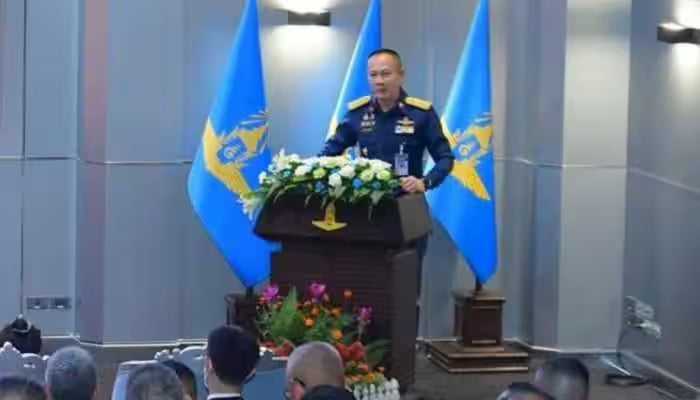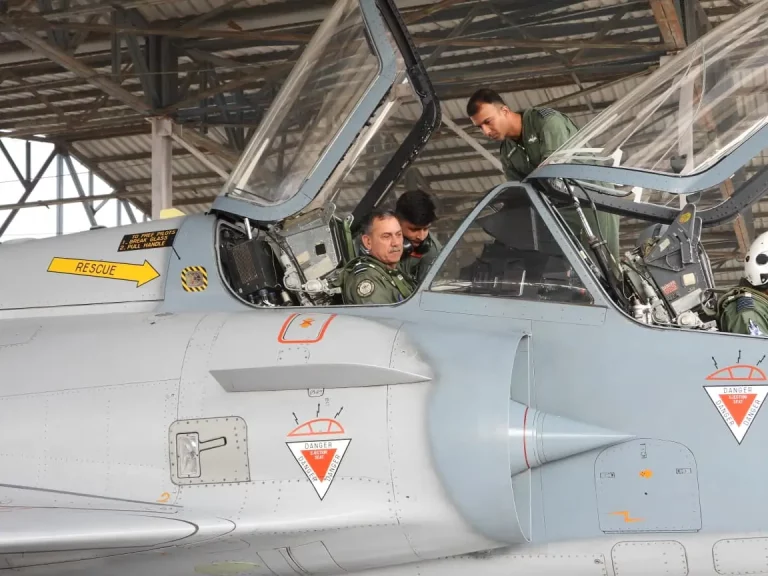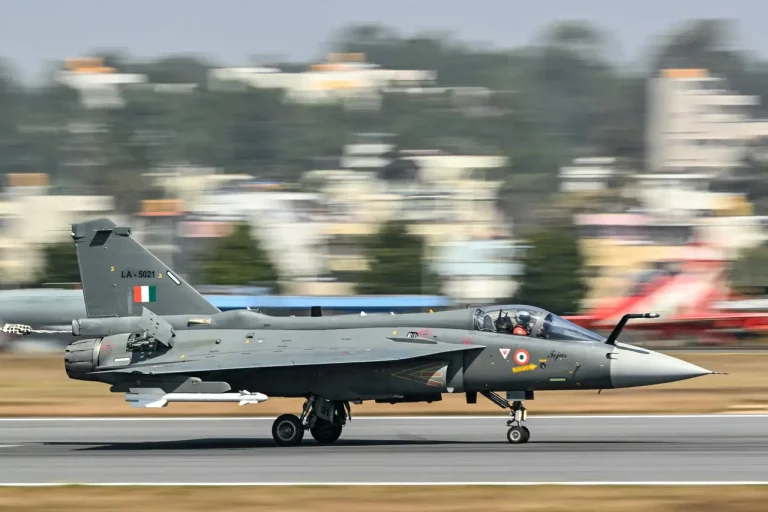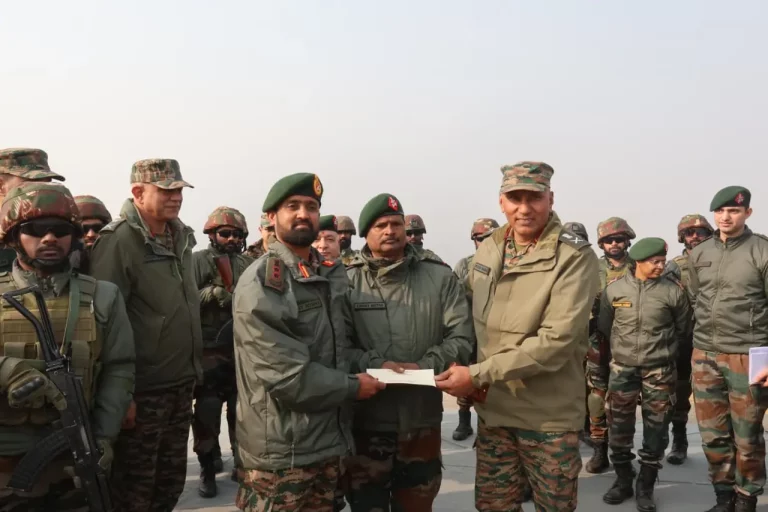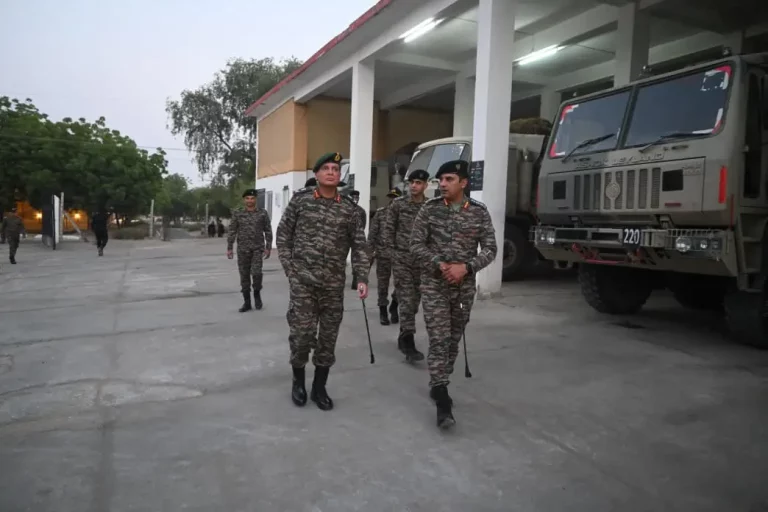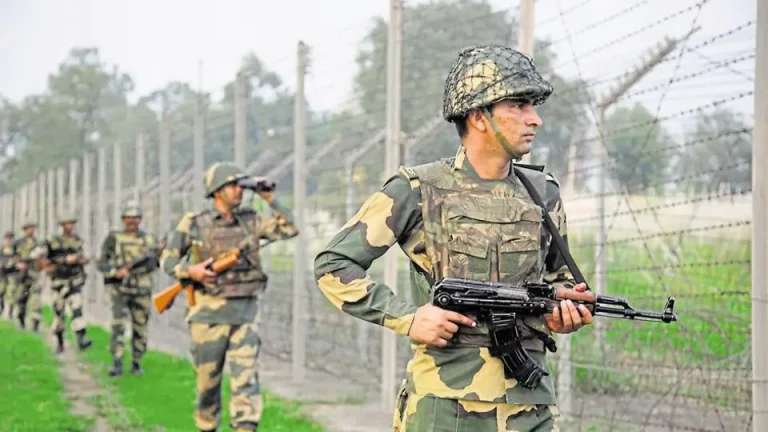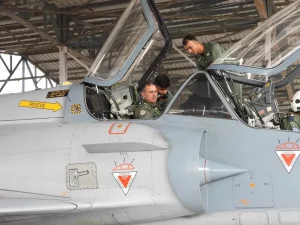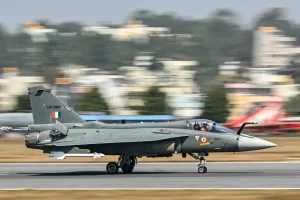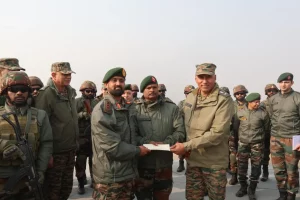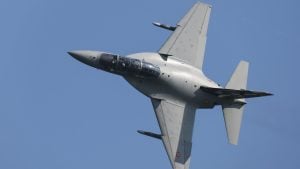The Royal Thai Air Force (RTAF) has officially commended the Indian Air Force (IAF) for its effective execution of precision strikes during the May 2025 conflict with Pakistan, marking a pivotal evolution in contemporary air warfare. This recognition was highlighted at a recent strategic conference led by the RTAF in Bangkok, where Air Marshal Sommai Leelitham, Deputy Chief of Air Staff (Intelligence), underscored the shortcomings of Pakistan’s air defense capabilities and praised India’s advancements in tactical operations.
The conflict was ignited by a terrorist attack in Pahalgam, Jammu and Kashmir, on April 22, which resulted in the deaths of 26 civilians. The situation escalated drastically as India initiated Operation Sindoor on May 7, deploying coordinated missile and air strikes against nine high-value targets in both Pakistan and Pakistan-occupied Jammu and Kashmir. These targets primarily included militant infrastructure associated with groups such as Jaish-e-Mohammed and Lashkar-e-Taiba.
In a significant military maneuver not observed since the 1971 war, India utilized its frontline Rafale jets, BrahMos cruise missiles, and Israeli-origin loitering munitions to strike targets across the international border. On May 8 and 9, the IAF intensified its offensive, targeting critical Pakistani air defense assets, including radars and command-and-control centers primarily located around Lahore and other strategic areas. Indian Sukhoi Su-30 MKIs, equipped with precision munitions, executed deep strikes that inflicted considerable damage on Pakistan Air Force (PAF) installations.
Although Pakistan claimed to have downed certain Indian aircraft during the conflict, reports indicated that the Indian forces experienced minimal losses. Analysts attribute this success to real-time tactical adjustments, enhanced inter-service coordination, and the effective deployment of satellite surveillance technologies. Following the strikes, Indian officials released satellite imagery showcasing substantial destruction at the targeted sites, reinforcing the success of their mission.
Air Marshal Leelitham highlighted that the Indian Air Force’s capacity to conduct multiple successful sorties without a confirmed loss of aircraft exemplified a significant breakdown in Pakistan’s integrated air defense system and a notable transformation in India’s air combat strategy.
The four-day military engagement culminated in a ceasefire on May 10, after Pakistan’s Director General of Military Operations reportedly made a plea to his Indian counterpart for the cessation of hostilities. Observers globally have recognized India’s operational superiority and its strategic restraint throughout this limited conflict.
Operation Sindoor has since become a crucial reference point for military analysts and air forces throughout Asia. The public acknowledgment from the Thai Air Force of India’s operational success illustrates the rising influence of Indian military doctrine and the shifting dynamics of regional deterrence.
This conflict represents a transformative milestone for the Indian Air Force, establishing a new standard for cross-border precision engagement and reinforcing India’s policy of a calibrated yet resolute response to threats of terrorism.
